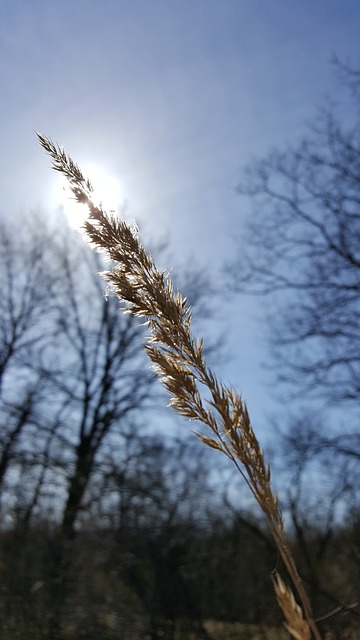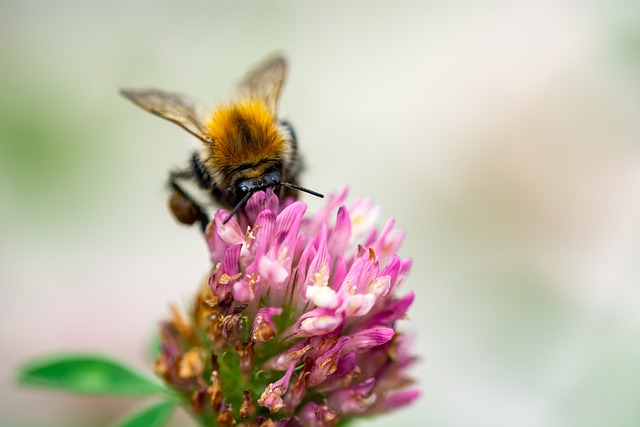bicho-papão-bicho-papão em inglês
Bicho-Papão: A Mythical Guardian of Childhood Fearsbicho-papão
Throughout cultures worldwide, monsters have served as a mirror to humanity's deepest fears and anxieties. Among these creatures, the bicho-papão, a staple of Brazilian folklore, stands out as a poignant figure imbued with both terror and care. This entity, often depicted as a fearsome apparition lurking in the shadows, has transcended its role as a mere frightful being to become a complex symbol of parental guidance, societal caution, and the nuanced navigation of childhood fears.bicho-papão
The bicho-papão, often translated as “boogeyman,” has an ambiguous representation that varies across generations and geographical regions. Traditionally, it is portrayed as an oppressive figure that emerges to frighten disobedient children, serving as a behavioral corrective tool for parents. In this context, it becomes an instrument of socialization: children are taught to adhere to social norms under the threat of this mythical creature. However, the darker implications of such a narrative cannot be overlooked, as it raises questions about the psychological impact on children who are conditioned to fear a fictional monster. bicho-papão
Yet, upon closer examination, the bicho-papão embodies more than mere terror. It is a protective figure, acting as a guardian of innocence. In the realm of childhood, the bicho-papão can be seen as a manifestation of the fears that accompany growing up—the fear of the unknown, the fear of abandonment, and the fear of darkness. In many ways, the presence of the bicho-papão allows children to externalize their fears, giving them a tangible entity to confront. By naming their fears, children can begin the process of understanding and managing them, fostering resilience rather than succumbing to anxiety.bicho-papão

Moreover, the role of the bicho-papão in the collective imagination serves as a reminder of the inherent duality of existence. It embodies the interplay between fear and safety, chaos and order. In storytelling, the bicho-papão can evolve from a malevolent figure to one that ultimately seeks to protect children from genuine dangers in their environment. This transformation reflects the innate desire of parents to shield their offspring from harm while concurrently teaching them to navigate life’s complexities.bicho-papão
The cultural significance of the bicho-papão also highlights the importance of communal narratives. In many families, storytelling around the bicho-papão fosters a sense of belonging and shared experience. As children gather around their elders, the tales of the bicho-papão become a rite of passage, a way to explore fears in a safe space while reinforcing familial bonds. This communal approach allows children to feel less isolated in their fears, promoting empathy and understanding among peers as they share their own encounters with the elusive creature.
However, the evolution of societal values raises critical questions about the appropriateness of instilling fear in children through figures like the bicho-papão. In contemporary discourse, there is a growing recognition of the importance of emotional intelligence and mental well-being in childhood development. Parents and educators are increasingly turning towards more constructive methods of addressing fears—encouraging open dialogue, providing reassurance, and fostering resilience without the need for fear-based tactics. This shift invites a re-examination of the bicho-papão's role; rather than solely a figure of fear, it can be transformed into a metaphorical guide, helping children explore their emotions and confront challenges head-on.
As society grapples with the complexities of childhood upbringing, the legacy of the bicho-papão persists, evolving in tandem with cultural shifts. The creature remains a poignant reminder of the duality of fear and protection, illuminating the intricate tapestry of childhood experiences. In a world that is increasingly complex and often intimidating, the bicho-papão serves as a conduit for understanding and navigating fears—a reminder that even the most fearsome figures can hold the keys to resilience and growth.bicho-papão
In conclusion, the bicho-papão embodies a multitude of meanings within the cultural fabric of Brazilian society. While it can symbolize parental control and societal caution, it also offers a pathway for children to engage with their fears in a constructive manner. As we continue to navigate the delicate balance of nurturing and guiding the younger generations, perhaps the bicho-papão can transform from a mere frightful figure into a compassionate guardian, guiding children through the labyrinth of their emotions. It is through understanding and recontextualizing such figures that we can foster a healthier, more resilient approach to childhood fears—one that empowers rather than intimidates, ultimately nurturing a generation that is both aware of their fears and capable of overcoming them.bicho-papão

